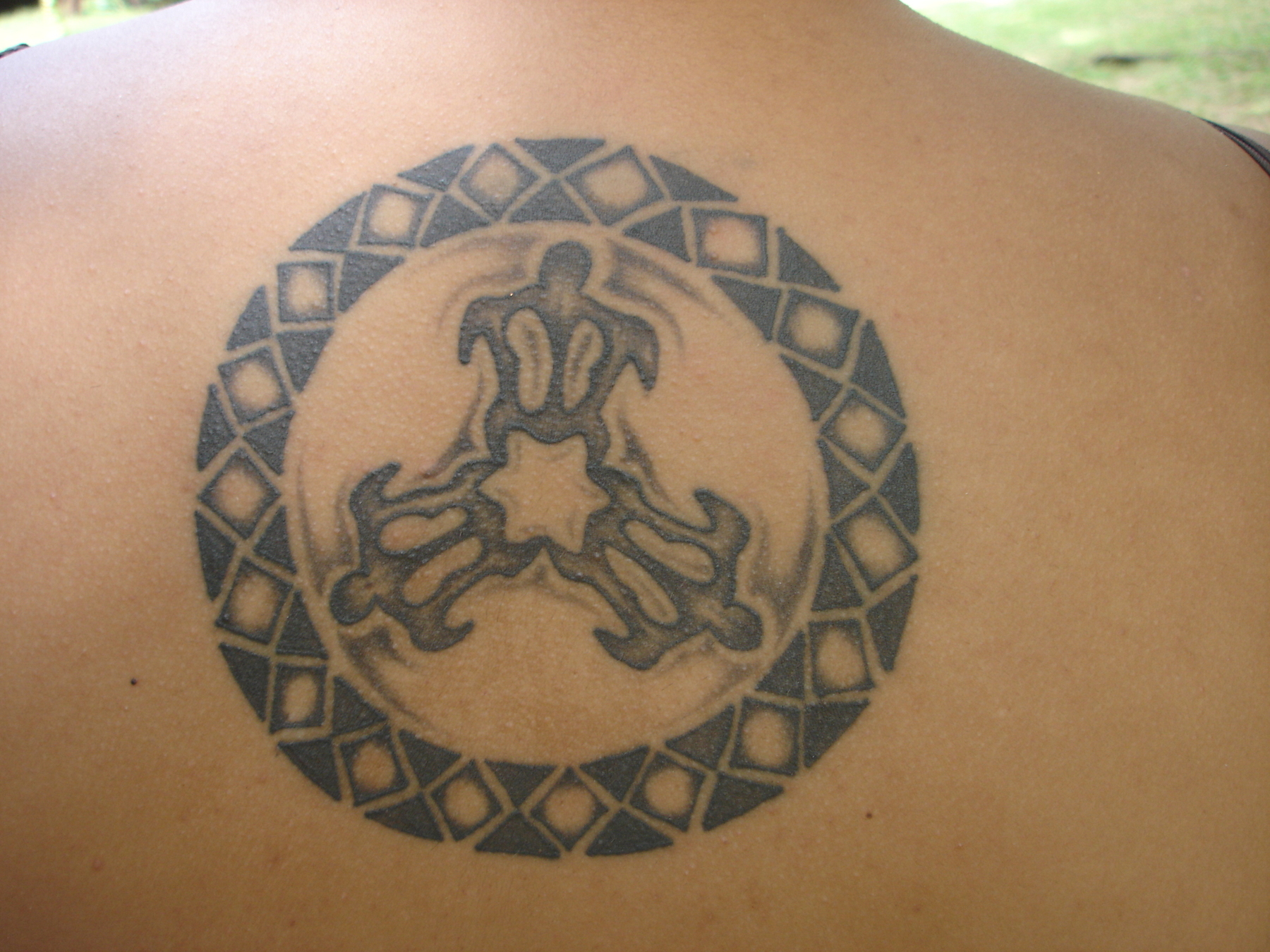Once you’ve made the decision to have your tattoo removed, you want to do what you can to make sure you have a good outcome. There are many factors involved with the efficacy of tattoo removal. Here are some tips to help you make your tattoo removal most successful.
Set your expectations right.
- Different colors in a tattoo can affect how many treatments it may take to remove the tattoo. Black and dark blue ink is more easily removed, whereas greens or yellows may take longer. This is because black or dark ink absorbs the wavelength of the light emitted by the laser better than other colors. Newer tattoo removal lasers that offer multiple wavelengths are better equipped to remove tattoos of all colors.
- Large tattoos that are 12” in diameter or larger can require more treatments than smaller designs. A tattoo that covers the entire arm will take longer to remove than a small tat on the lower back. If you have a large tattoo that you want removed, keep in mind that it will most likely require more treatments to completely remove the tattoo.
- The location of the tattoo can also affect how many treatments required, as well as the amount of discomfort anticipated. Tattoos in areas of the body that have less vascular supply, like the feet, hands, or lower leg, may take longer to remove than a tattoo on the bicept, chest or upper back. Similarly, tattoos over bony areas, like the foot, or over more sensitive areas of the body, like the neck or face, may be more uncomfortable to remove than tattoos over the bicept or back.
- Older tattoos, especially if they are faded, may take fewer treatments than newer tattoos to remove. Your body over time will clear some of the ink particles in tattoos. Also, tattoo ink may fade due to the effects of ultraviolet light.
- The type of laser used in tattoo removal can significantly affect the success of treatment. Newer lasers, like the Cutera Enlighten laser, are far more effective than older lasers. When looking for a tattoo removal provider, be sure to ask about the laser used in the treatment and it’s efficacy.
Stop smoking.
Smoking can hinder the tattoo removal process. The reason for this is that smoking has a negative impact on your body’s immune system and circulation. In tattoo removal, when the laser breaks down the ink particles, your body’s ability to clear the ink fragments depends on a healthy immune system and good circulation. If you are a smoker, even if it’s just a few cigarettes a day, your tattoo removal may be made more difficult because of smoking’s negative effect on wound healing. The good news is that even after just 3 months of quitting tobacco, your body can regain it’s health and the ability to remove a tattoo is significantly improved.
Choose the right tattoo removal provider.
Take the time to find the right tattoo removal clinic for you. A clinic that does a through evaluation of your tattoo, takes your medical history and gives you a realistic idea as to what to anticipate for your tattoo removal is paramount. Ask about what kind of laser they use and if they provide topical anesthesia for the procedure. Find a tattoo removal provider who cares about your comfort and whom you can trust.



